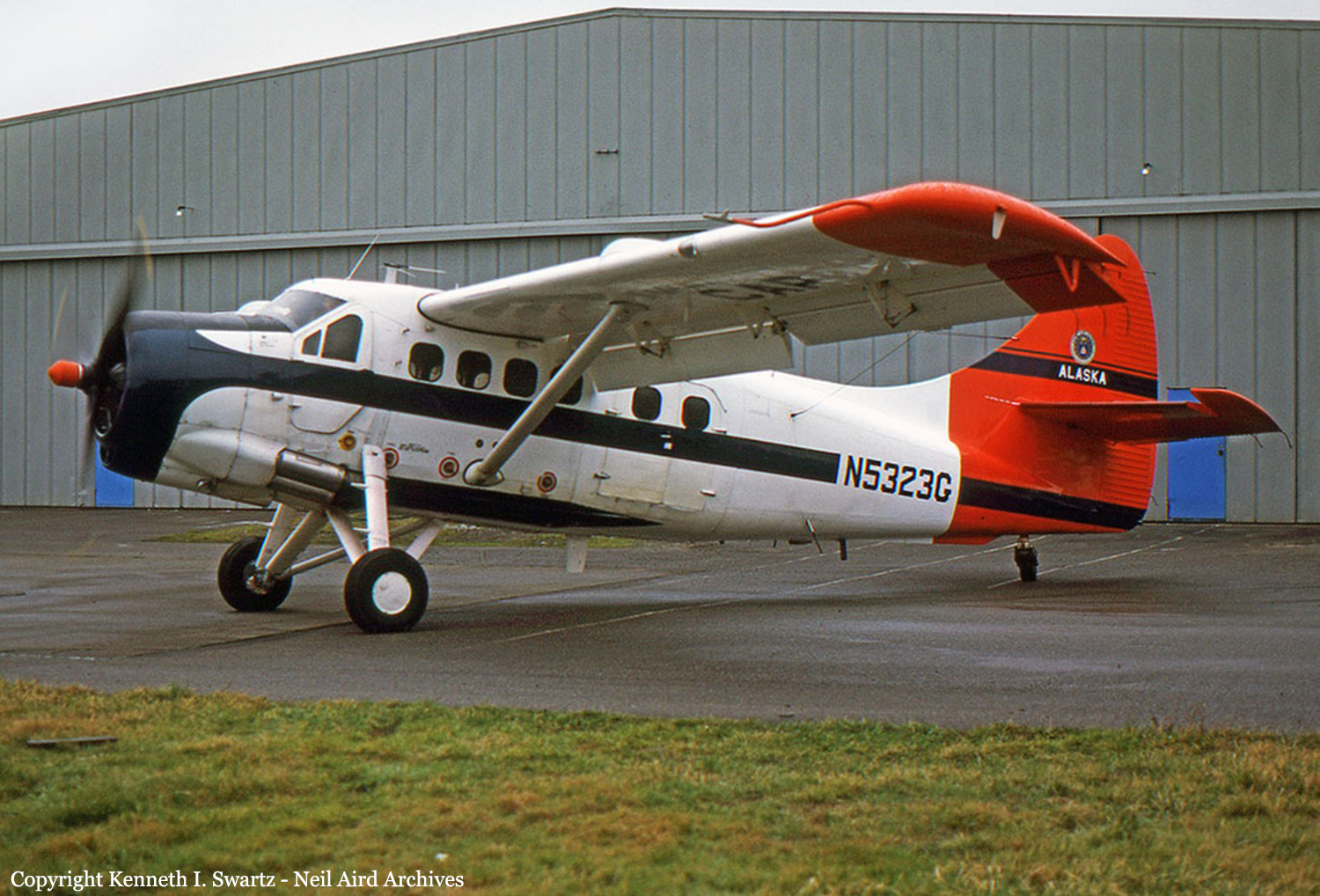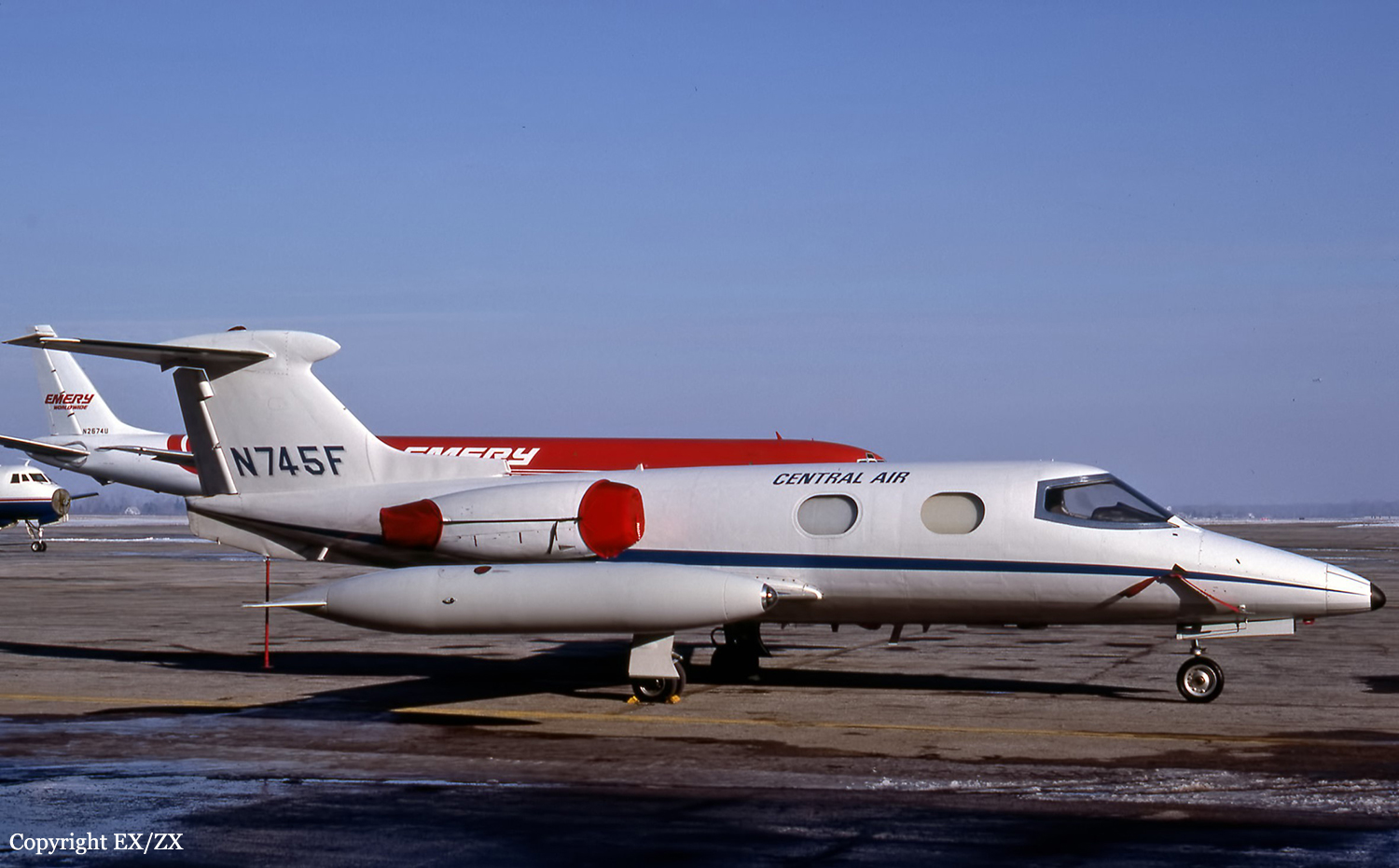Crash of a Beechcraft C-45G Expeditor in Oakland
Date & Time:
Mar 7, 1993 at 0302 LT
Registration:
N494
Survivors:
Yes
Schedule:
Oakland - Honolulu
MSN:
AF-466
YOM:
1951
Crew on board:
2
Crew fatalities:
Pax on board:
0
Pax fatalities:
Other fatalities:
Total fatalities:
0
Captain / Total hours on type:
50.00
Copilot / Total hours on type:
25
Aircraft flight hours:
5480
Circumstances:
The non-certificated foreign military pilot (first pilot) and a U.S. Certificated airline transport pilot (second pilot) planned to ferry an airplane to Australia with an intermediate stop in Hawaii. Auxiliary fuel and engine oil tanks were installed in the airplane. The airplane had been authorized a special airworthiness certificate for over gross weight operations for the ferry flight. The first pilot had accrued 50 hours and the second pilot accrued 25 hours in the accident airplane prior to the overweight departure. During the takeoff, the airplane became airborne at 100 knots of airspeed. The airplane pitched up and began to dutch roll. At about 50 feet above the ground, the airplane stalled and descended to the runway. A fire erupted in the cabin area.
Probable cause:
A premature lift off and inadvertent stall by the pilot-in-command. Contributing to the accident was insufficient available aircraft performance data after a ferry tank installation and both pilots lack of total experience in the airplane.
Final Report:







